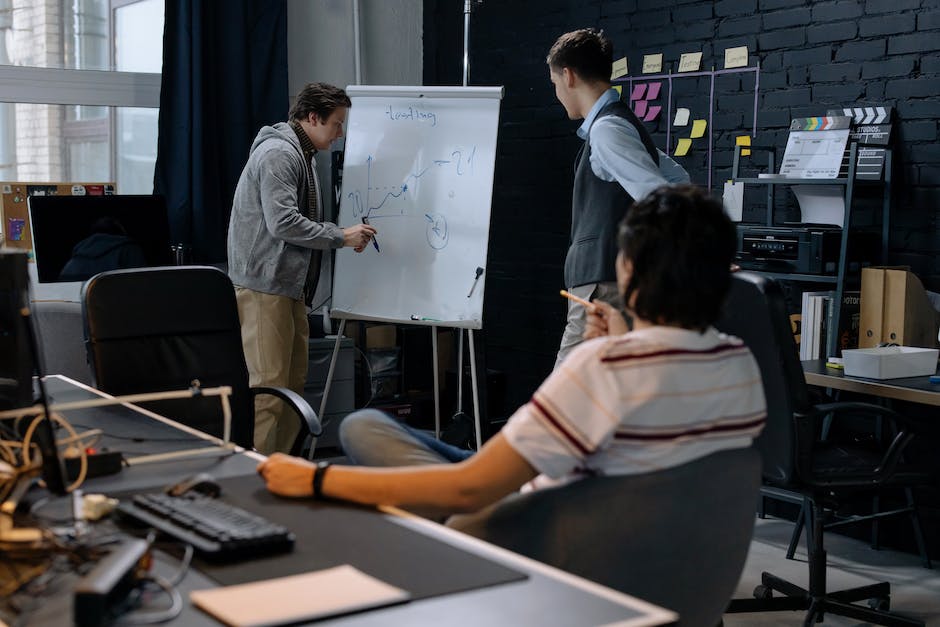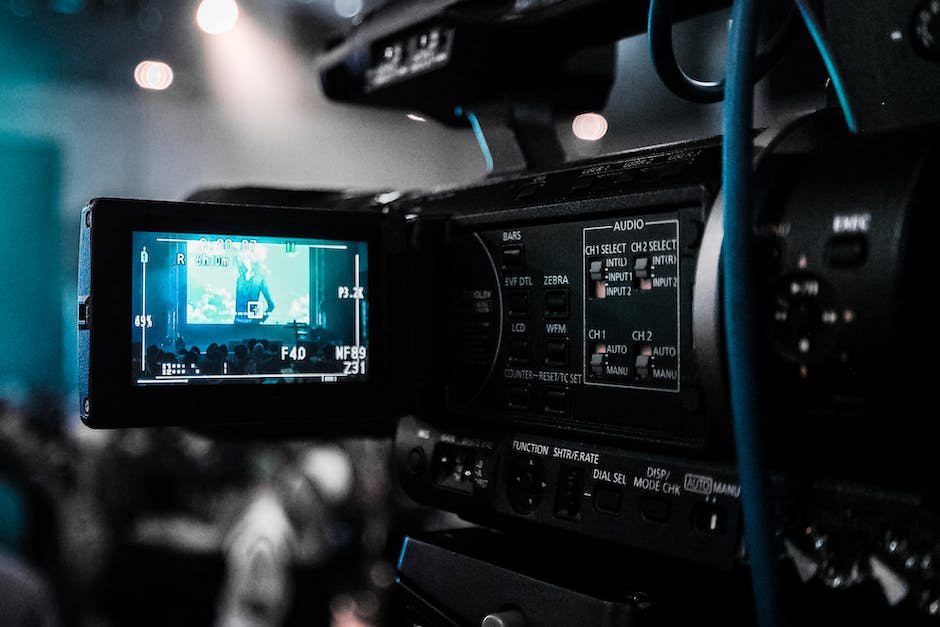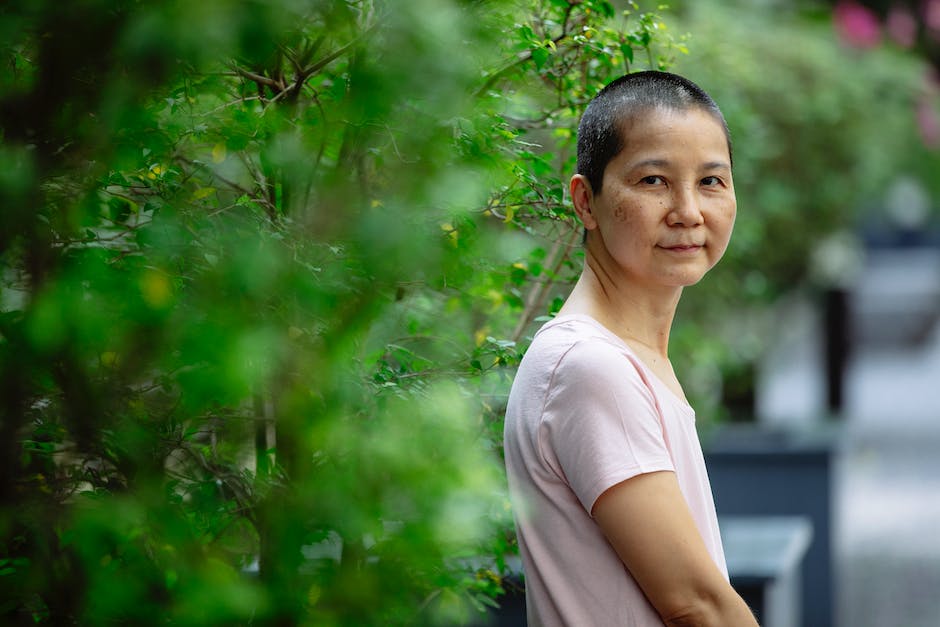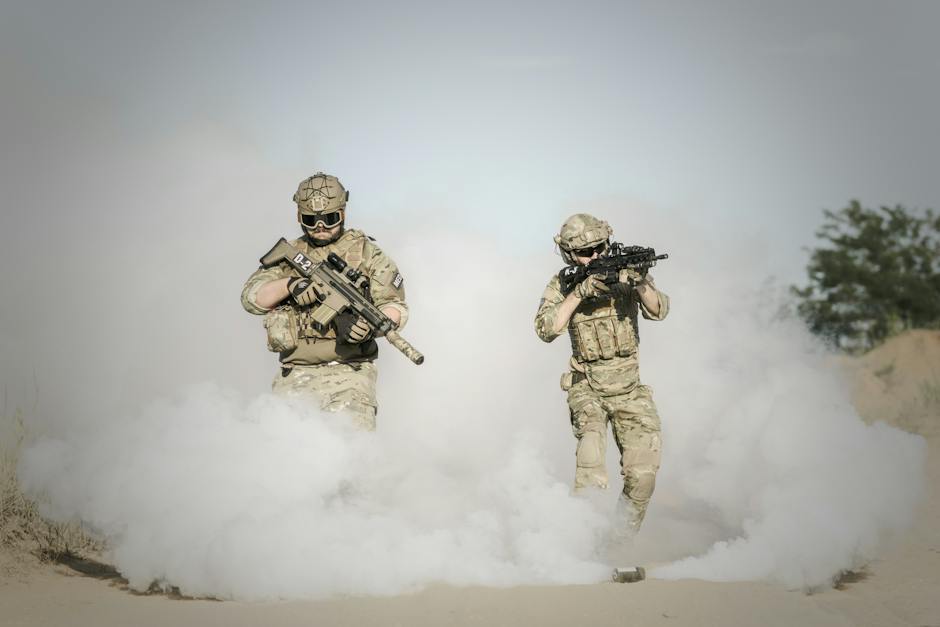At the epicentre of a maelstrom of artistic innovation and political turmoil rests Pablo Picasso’s Guernica, a monochromatic mural of monumental scale and immense emotional depth. Created in the wake of the Spanish Civil War’s horrors, this piece has transcended its immediate historical context to become an emblematic outcry against the barbarity of conflict, reverberating through the annals of modern culture. Within the realm of popular culture, Guernica’s haunting imagery has permeated an array of mediums, challenging and inspiring generations anew. This essay seeks to journey through the labyrinth of Guernica’s profound impact, charting its enduring influence on contemporary artistry, public consciousness, and digital landscapes, thus underscoring its role as a pulsating vein of humanistic discourse and a beacon of pacifistic ideals.
The Historical Context of Guernica and Its Impact on Modern Culture
Guernica: Echoes of a Historical Masterpiece in Modern Culture
The mural ‘Guernica’ by the illustrious artist Pablo Picasso, is a cornerstone of 20th-century art that encapsulates the harrowing agony of war and the destruction it bequeaths upon civilization. This iconic work was Picasso’s response to the bombing of the Basque town of Guernica during the Spanish Civil War in 1937—a heinous act perpetrated by the German and Italian air forces allied with Francisco Franco. The painting itself is a monochromatic tableau brimming with fragmented and distorted forms—a mother wailing over a lifeless child, a fallen soldier, and a gored horse amongst others—that coalesce into a powerful anti-war symbol.
The resonance of Guernica in today’s cultural landscape is multifold and remains a potent reminder of the horrors of war. In an era where images of conflict and suffering are digitally transmitted around the globe, this masterpiece continues to convey the chaos and emotions wrought by such events. Its universality transcends the specific historical context of the Spanish Civil War, lending it the enduring capacity to serve as a visual condemnation of military aggression and human brutality.
In modern cultural discourse, Guernica is omnipresent, be it in the form of a direct reference in protest art, or abstractly, as in the inspired use of stark, jarring imagery to communicate political and social discontent. Its stylistic and thematic influence can be discerned in a plethora of contemporary art forms, from graffiti art to political posters, illustrating the enduring language of protest and its crucial role in democratic societies.
Furthermore, the legacy of Guernica acts as an educational cornerstone, whereby the visceral impact of the piece provides an entry point into discussions of historical events, moral philosophy, and the power of art as a societal mirror. It compels audiences to confront the uncomfortable reality of civilian suffering in times of conflict—an awareness that is particularly salient as the world grapples with current humanitarian crises.
Museums and galleries continue to acknowledge the masterpiece’s significance by featuring it prominently in exhibitions and collections. This institutional recognition underscores the lasting importance of Guernica in the collective memory and ensures its accessibility to new generations. Through ongoing engagement with the painting, we are reminded of the need for universal human empathy and the continuous pursuit of peace.
In closing, the historical significance of Guernica reverberates within our cultural framework, preserving the memories of past tragedies while simultaneously echoing a timeless call to action against the violence and tragedies that continue to unfold in contemporary societies.

Analyzing Guernica’s Presence in Contemporary Artistic Expressions
Guernica’s Legacy in Artistic Innovation and Interpretation
Guernica, Pablo Picasso’s monumental mural, stands as a beacon in the realm of modern art, its influence ricocheting through the corridors of time, shaping and reshaping artistic narratives. The profound impact of this seminal piece has encouraged a generation of artists to explore the depths of expression and confront the complexities of the human condition. Within the layers of its influence, one could identify the myriad of ways in which Guernica has informed and reshaped modern artistry.
The muted palette of grey, black, and white in Guernica has emerged as a striking template for artists seeking to convey intense emotional gravity. This choice of color—or indeed the absence of it—has transcended the mural itself, becoming a mode of expression for artists seeking to underscore narratives of despair or to strip a situation to its raw essentials. The lack of color becomes a silent scream, compelling viewers to confront the work’s underlying themes, bypassing the distractions of a more vibrant spectrum.
Groundbreaking in both form and function, Guernica has emboldened artists to dismantle traditional artistic structures, pushing the boundaries of abstraction. Artists have borrowed from the disjointed shapes and fragmented spaces of the mural to evoke a sense of turmoil and dislocation. These disrupted geometries have surfaced in various compositions, commenting on the fragmented nature of contemporary life and the tumult of an increasingly globalised society.
The portrayal of pain and suffering, central to Guernica’s narrative, has provided a poignant commentary on the inhumanity witnessed by society. The grotesque distortions of form – the anguished horse, the grieving woman – have taken on new life in the work of artists grappling with themes of injustice and loss. Through the adoption of such emotive imagery, artists have bridged historical gaps, connecting past atrocities with present-day calamities to convey a timeless message about the universal nature of pain.
The political potency of Guernica has formed a template for artistic activism. The mural has inspired artists to wield their craft as a tool for social commentary and change, creating spaces where art intersects with political movements. In these dynamic arenas, the brushstrokes spawned by Guernica echo in slogans, murals, and installations that challenge societal norms and provoke public discourse.
Moreover, the didactic potential of Guernica encourages artists to cultivate informed and engaged audiences. Through their work, artists have adopted the educational mantle that Guernica postulates, catalysing dialogues centred on human rights, freedom, and democracy. The mural has thus galvanised a collective of artist-educators who, through visual means, disseminate crucial lessons from history and contemporary society alike.
Considering these diverse strands of influence, one might conclude that Guernica’s legacy pulsates with vibrant relevance. The mural lives on, not merely as a static historical artefact but as a living catalyst in the evolution of modern art. It continues to inform, challenge, and inspire, asserting its relevance as an indomitable force in the panorama of human creativity and conscience. Through ongoing reinterpretation and reinvention by artists who draw from its wellspring of passion and defiance, Guernica’s significance endures, undiminished.

Guernica in Film, Music, and Literature
Guernica’s Resonance Beyond the Canvas: Reflecting on the Mural’s Legacy in Film, Music, and Literature
The transcendent influence of Pablo Picasso’s ‘Guernica’ extends into the spheres of film, music, and literature, where its profound impact continues to stir consciousness and inspire reflection. In the cinematic domain, ‘Guernica’ has been featured and alluded to with reverence and contemplative artistry. One finds its haunting imagery and thematic undercurrents in the visual language of directors who utilise the mural’s symbolism to amplify narratives of war and human tragedy.
In music, ‘Guernica’ resonates as a powerful muse, eliciting compositions that range from orchestral arrangements to avant-garde experimental pieces. Musicians and songwriters embed the emotional weight and moral imperatives of the mural into their work, crafting auditory experiences that parallel the visual and emotional intensity of the original artwork. Scores have been influenced by the same sombre tones and chaotic structures, fostering a dialogue between the visual arts and music that transcends mere auditory enjoyment, urging listeners to confront the realities of violence and its victims.
Literature, too, has assimilated the essence of ‘Guernica’, with writers drawing on the mural to explore and dissect the human condition impacted by conflict and oppression. Poetry, prose, and plays frequently incorporate references to ‘Guernica’ not only as a symbol of anti-war sentiment but as an archetype of narrative and thematic layering within storytelling. Authors illustrate the fragmentation and disjointed experiences of their characters by mirroring the disjointed and compressed space depicted in Picasso’s work, while harnessing the raw emotive power that the painting channels.
Scholars observe that ‘Guernica’ serves as a literary touchstone for discussions surrounding the ethics of war and the narrative representation of historical trauma. The themes of Picasso’s masterpiece are often woven into narrative structures, lending gravity to fictional depictions of suffering and resilience. This intertextual dialogue between the mural and literary crafts underscores the universality and timelessness of the human experiences Picasso captured on canvas.
In all these forms of cultural expression, ‘Guernica’ remains not only a testament to the resilience of its sombre message but also an emblem of art’s ability to cross mediums, informing and enriching a diverse array of creative endeavours. Through continued representation and reflection in film, music, and literature, the legacy of ‘Guernica’ endures, affirming its place as a perpetual beacon of hope, a resonant voice in the collective call for humanity’s moral awakening.

Public Perception and Educational Value of Guernica
The Role of Guernica in Public Consciousness and Educational Spheres
Within the public consciousness, the mural ‘Guernica’ stands as an indelible icon of artistic dissent against the atrocities of war. This compelling piece transcends its immediate historical context, evolving into a universal symbol of peace and a polemic against the savagery of armed conflicts.
The mural’s presence within educational spheres is particularly salient. Educational institutions frequently adopt ‘Guernica’ as a vital pedagogical tool to navigate complex themes of history, politics, and ethics. The artwork serves as a tangible anchor from which discussions regarding the impact of war on individuals and societies can unfold, fostering critical thinking and empathy among learners.
Additionally, ‘Guernica’s portrayal of unimaginable suffering invites students to examine the human condition through the lens of art. Its vivid imagery prompts reflections on the repercussions of violence, offering a visceral connection to historical events that may otherwise seem distant. Consequently, the painting becomes a profound point of entry for educators to broach challenging conversations about humanity’s repeated clashes and the enduring quest for harmony.
In conjunction with the arts, ‘Guernica’ has made significant inroads into the curriculum of peace education. It is frequently deployed as an emblematic case study to elucidate the principles of conflict resolution, non-violent resistance, and reconciliation. Such educational initiatives endeavor to instill a consciousness geared towards peacebuilding, utilizing ‘Guernica’s thematic depth to reinforce the necessity of diplomatic over combative engagements.
Moreover, the artistic language and methodology Picasso employed in ‘Guernica’ have informed instructional strategies across disciplines. By parsing the painting’s multifaceted layers, educators impart vital analytical skills, teaching students to unravel complex visual narratives and to appreciate art’s potency in communicating human experiences.
Integrating ‘Guernica’ into the classroom also bolsters media literacy. The mural’s iconic status and its utilization in various forms of protests and campaigns enable students to dissect and comprehend the ways in which images can be harnessed to sway public opinion and effectuate socio-political change.
Furthermore, ‘Guernica’s impact has pedagogical implications for the globalization of curriculum. The painting’s unbound relevance to a plethora of historical and contemporary global conflicts makes it an exemplary tool for fostering global awareness and international-mindedness among students. Engaging with ‘Guernica,’ learners are encouraged to build connections between local histories and the broader fabric of world events, a skill of invaluable significance in the increasingly interconnected global landscape.
In summation, ‘Guernica’ not only punctuates the public consciousness as a historical artefact of immense import but equally enriches the educational expanse by facilitating nuanced learning experiences across a breadth of themes. Its enduring presence within academic and scholarly environments testifies to the transcendent power of art to enlighten, unite, and inspire a discourse steered towards a less fragmented, more peaceful world.

The Digital and Online Resurgence of Guernica
The Digital Dissemination of Guernica: Enlightenment and Empowerment Through Virtual Access
Exploring the phenomenon of digital propagation offers a distinct vista on Guernica’s sustained relevance and its transmission through the ubiquitous networks of our digital age. As spectators are no longer constrained by geographical limitations to engage with Picasso’s masterpiece, the digital realm democratizes access to this beacon of artistic and historical significance. The extensive dissemination of Guernica’s imagery through online platforms, digital galleries, and virtual tours amplifies its educational reach, transcending the confines of physical museums.
The implications of this virtual propulsion are multifaceted. Firstly, it results in an unprecedented amplification of Guernica’s audience. The magnitude of exposure that the painting receives through digital sharing revolutionizes the way individuals perceive and interact with it. As the image proliferates across social media, blogs, and educational websites, it ceaselessly engages with diverse and widespread demographics. This proliferation underscores the tenacity of Guernica’s message, resounding through the echo chamber of the digital world.
In academic circles, digital analysis tools have enriched the discourse surrounding Guernica, allowing scholars from all over the globe to scrutinize the intricacies of the mural with remarkable precision. Digital imagery serves as a catalyst for art historical research and interdisciplinary studies, merging fields like cultural studies, information technology, and international relations to engage in an expansive dialogue emblematic of contemporary academic inquiry.
The virtual manifestation of Guernica also challenges the notion of static artwork. As digital artists and creators draw inspiration from its themes, they not only pay homage to its legacy but also re-contextualize the narrative for present-day contemplation. Through interactive displays and animations, the essence of what Guernica represents is continually subject to reinterpretation, encouraging ongoing discourse on the very nature of war, suffering, and the human spirit.
Furthermore, the digital availability of Guernica serves as an important counterweight to historical amnesia. In an era where the past can be obfuscated by the rapid flow of information, the consistent digital engagement with the painting enables societies to remember and bear witness to the tragedies of war. This acts as a staunch reminder of the obligations of collective memory and the vigilance needed to shield humanity from repeating the atrocities of the past.
Simultaneously, the digitization of Guernica’s themes harnesses the educative power intrinsic to interactive learning environments. Whereas traditional museum visits may be passive, the digital realm invites active participation. Users can dissect, analyze, and reassemble the artwork, engaging in a holistic experience that reinforces memory and comprehension. In secondary educational settings, this method promotes a more dynamic understanding of the subject matter and enhances critical engagement among students.
Lastly, Guernica’s widespread availability digitally empowers grassroots movements and activists to align with its anti-war ethos. Its utilization in contemporary protest iconography underscores its evolving contextual relevance. Digitally altered or remixed variations of Guernica propel its message into global consciousness, rallying public sentiment and galvanizing collective action. Understandably, Guernica’s digital propagation amplifies its outcry against inhumanity and facilitates a shared vision of peace for future generations.
In an age where digital realms meld with reality to shape perceptions and global narratives, Guernica’s virtual journey continues to impart profound insights into the human condition. Its digital presence is not merely a shadow of the mural housed in Madrid but an active, vibrant beacon of enlightenment and empowerment in the quest for a humane and just world.

The journey to unravel the complex web of Guernica’s manifestations in modern popular culture reveals a tapestry imbued with relentless resonance and striking pertinence. As the echoes of Picasso’s vision continue to reverberate well into the digital age, Guernica remains a formidable force in stirring the collective consciousness towards a reflection on the anguish inflicted by violence and the perennial quest for peace. Its permutations across various strands of culture stand testament to humanity’s unabated dialogue with its darkest hours and aspiration for a harmonious existence. Thus, the legacy of Guernica not only endures but flourishes, eternally relevant in a world that, despite the passage of time, still grapples with the shadows of conflict and the light of hope.






















